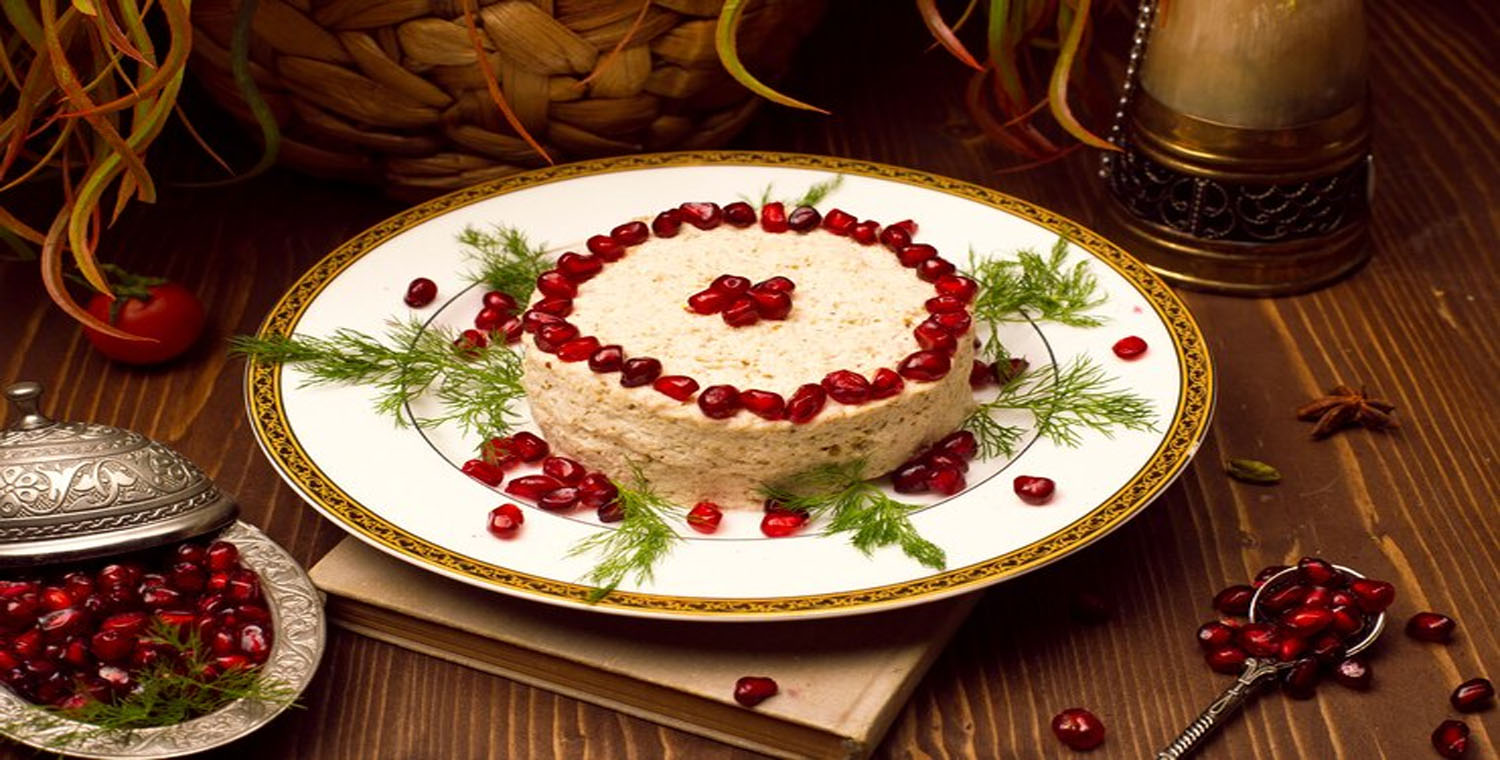Blog
Çrviti: Unveiling the Mystery of the Word and Its Significance

In today’s world of language evolution, some words spark curiosity, as they either derive from unique linguistic roots or have obscure meanings that are difficult to decipher. One such term that has recently caught attention is “çrviti“. While it may not be immediately familiar to most readers, it holds significance across different contexts, and understanding its origins, uses, and applications can provide a deep insight into its true value.
This article will explore the meaning of çrviti, its possible linguistic roots, how it is used across various domains, and why it is gaining attention in certain circles. Whether you’re a linguist, a language enthusiast, or simply curious about this intriguing word, you’ll find a comprehensive overview of çrviti in the following sections.
What is Çrviti?

At first glance, the word çrviti may seem like a complex or foreign term, especially if you’re unfamiliar with languages that incorporate characters from non-Latin alphabets. However, çrviti isn’t entirely unknown—it can be traced back to specific regional languages where it carries distinct meanings depending on the context in which it is used.
While no single definition immediately comes to mind in mainstream language sources, çrviti appears to have cultural, linguistic, and possibly even philosophical relevance. A deeper dive into etymology reveals that it may be derived from regional dialects or could even be a transliteration of words in languages that use the Cyrillic script or other variations.
Linguistic Origins of Çrviti
To truly understand çrviti, it is essential to explore its linguistic background. Many languages, especially in the Balkans, Eastern Europe, and parts of Central Asia, use unique alphabetic systems or diacritical marks. Çrviti, written with the special “ç” character, suggests a variation from standard Latin script or perhaps influences from the Turkish language, which uses the “ç” character quite prominently.
In Turkish, ç is pronounced as “ch,” similar to the sound in the English word “chocolate.” Therefore, çrviti may have phonetic similarities to words that involve the “ch” sound, depending on how it is used.
It is also possible that çrviti is a word from a specific dialect or an old form of a more widely spoken language. In these cases, the word might not be easily recognized by speakers of the modern version of the language, adding an element of intrigue and complexity to its study.
Possible Meaning and Use of Çrviti
The true meaning of çrviti can vary depending on the context in which it is used. As with many words that have regional or dialectal roots, çrviti may carry different connotations based on cultural, social, or historical factors. Below are some of the possible interpretations:
- A Verb: One plausible interpretation of çrviti could be as a verb in certain regional dialects. It may refer to an action, particularly something that involves complex motions or specific rituals. In some languages, verbs are formed by combining root words with affixes, and çrviti might represent a variant of such a verb with meanings related to movement or action.
- A Noun: Alternatively, çrviti might be used as a noun referring to a specific object, place, or concept. In some cases, words derived from ancient roots or specific regions take on meanings that are not immediately obvious in more commonly spoken languages. The word could refer to a particular type of cultural artifact, an item from folklore, or even a traditional practice.
- Symbolic or Metaphorical Meaning: Another interesting possibility is that çrviti could be used metaphorically in literature or philosophy. As with many words that originate from ancient languages or niche dialects, çrviti may symbolize something abstract, like a concept related to personal transformation, enlightenment, or conflict. The metaphorical interpretation could provide new insights into the word’s relevance in modern conversations.
- Religious or Spiritual Context: In some cultural contexts, çrviti might be used in religious or spiritual practices, either as part of a sacred text or as a ritualistic term. Words like these can have profound significance in their native cultures and might be used to convey divine attributes or describe sacred rituals.
Çrviti in Popular Culture and Modern Usage
Even though çrviti may not be immediately recognizable in mainstream language, it has started to show up in certain niche circles, especially in discussions about ancient texts, cultural studies, or artistic endeavors. The influence of internet culture and the globalization of language have made it easier for words like çrviti to circulate across different countries and social media platforms, especially if they carry a sense of mystery or cultural significance.
If çrviti is used in a specific online community, forum, or artistic setting, it could quickly become a buzzword, attracting people who are eager to learn more about its meaning. This is a common occurrence for many obscure words, particularly those that are part of regional vernaculars or ancient linguistic traditions.
Importance of Understanding Çrviti in a Global Context
In an era of cross-cultural exchanges, the importance of understanding words like çrviti cannot be overstated. When words from other languages or dialects enter global conversations, they bring with them nuances and ideas that might be foreign to those who are only familiar with one or two languages. Exploring the meaning and usage of çrviti in its original context can help bridge the gap between different linguistic and cultural communities, fostering greater understanding and appreciation of global diversity.
Additionally, understanding how çrviti is used in various contexts—whether historical, philosophical, or artistic—can shed light on the ways in which language reflects culture, values, and human experiences. The words we use shape our worldview, and examining terms like çrviti can encourage deeper reflection on the diverse ways people express ideas, emotions, and beliefs.
Why Çrviti is Gaining Attention
Given the growing interest in lesser-known languages and dialects, çrviti is starting to catch the attention of language enthusiasts, scholars, and creatives alike. There are a few key reasons why çrviti is becoming more popular:
- Linguistic Curiosity: People are more curious than ever about obscure words and regional dialects, especially those that seem to carry historical significance or unusual etymological roots. Çrviti fits this description, sparking interest in its true meaning and usage.
- Search for Unique Expressions: As individuals seek unique ways to express themselves online, they are often drawn to words from different languages that offer something fresh and distinctive. The intrigue surrounding çrviti might arise from its rare, almost enigmatic nature.
- Cultural Revitalization: With a growing movement toward preserving cultural heritage and reviving forgotten languages, çrviti might be gaining prominence in cultural revival efforts. The word could be seen as a symbol of the revitalization of ancient linguistic traditions.
- Influence of Social Media: As with many niche trends, the power of social media can amplify the popularity of terms like çrviti, as influencers, linguists, and creatives share their discoveries with a larger audience.
Conclusion: The Enduring Appeal of Çrviti
while the word çrviti may not be widely known or immediately recognizable, its significance lies in the layers of meaning and history that it holds. Whether it’s part of a regional dialect, a forgotten tradition, or a metaphorical concept, understanding the origins and uses of çrviti opens a door to a deeper appreciation of language, culture, and human expression.
0x1c8c5b6a
0x1c8c5b6a
Blog
Graduation Wishes for Daughter – Congratulation Messages

Graduation is a significant milestone in a young woman’s life, marking the culmination of years of hard work, dedication, and growth. As a parent, expressing your pride and joy through heartfelt Graduation Wishes is a wonderful way to celebrate this achievement. This article will provide you with a variety of messages, from flirty to humorous, to help you convey your love and congratulations to your daughter on her special day.
Flirty Graduation Wishes Quotes

If you want to add a playful touch to your graduation wishes, consider these flirty quotes:
- “Congratulations, graduate! You’ve officially mastered the art of looking fabulous while studying hard!”
- “You’ve graduated! Now you can focus on being the amazing woman I always knew you’d be. Let’s celebrate!”
- “You’re not just a graduate; you’re a total catch! Can’t wait to see what you do next!”
Short and Sweet Graduation Wishes Messages
Sometimes, a simple message is all you need. Here are some short and sweet graduation wishes for your daughter:
- “Congratulations on your graduation! I’m so proud of you!”
- “You did it! Wishing you all the best in your next adventure!”
- “Your hard work has paid off! Happy graduation!”
Playful and Romantic Graduation Wishes Lines
For those who want to express their affection in a light-hearted way, these lines can do the trick:
- “You’ve graduated, and the world is your oyster! Go out there and shine, my beautiful daughter!”
- “Your future is as bright as your smile! Congratulations on this amazing achievement!”
- “You’ve worked so hard, and now it’s time to celebrate! Let’s make unforgettable memories together!”
Jokes About Graduation Wishes
A little humor can add joy to your graduation greetings. Here are some light-hearted jokes to share:
- “Why did the graduate bring a ladder to the ceremony? Because they wanted to reach new heights!”
- “What did the graduate say to their diploma? ‘You complete me!’”
- “Why did the student eat their homework? Because the teacher said it was a piece of cake!”
Graduation Wishes Messages to Make Her Smile
If you want to bring a smile to your daughter’s face, consider these cheerful messages:
- “Congratulations, my dear! Your hard work has paid off, and I couldn’t be prouder!”
- “You’ve achieved something incredible! Here’s to new beginnings and endless possibilities!”
- “Your graduation is just the beginning of a beautiful journey. I can’t wait to see where it takes you!”
How to Personalize Graduation Wishes Messages
Personalizing your graduation wishes can make them even more special. Here’s how:
Understanding Her Personality
Consider your daughter’s personality when crafting your message. Is she serious, playful, or romantic? Tailor your message to fit her style.
Incorporating Inside Jokes or Memories
If you have shared experiences or inside jokes, including them can create a sense of connection and warmth in your message.
Contact Allreviewed Team for Personalized Graduation Wishes Messages
If you’re looking for more tailored options, the Allreviewed team can help you craft the perfect graduation message that reflects your relationship and sentiments.
Who is the Allreviewed Team?
The Allreviewed team specializes in creating personalized messages for various occasions, including graduations. They understand the importance of heartfelt communication and can help you find the right words to express your pride and love.
How Allreviewed Helps You Craft Perfect Messages
With their expertise in message crafting, the Allreviewed team can provide you with unique ideas, templates, and personalized suggestions to ensure your graduation wishes are memorable and heartfelt.
FAQs About Graduation Wishes Messages
What makes a Graduation Wishes message special?
A special graduation message resonates with the recipient, reflects genuine pride, and acknowledges the significance of their achievement.
Can flirty messages be romantic too?
Absolutely! Flirty messages can carry a romantic undertone, especially when they express affection and playfulness.
Are jokes appropriate in a Graduation Wishes message?
Jokes can be a great way to lighten the mood, but ensure they are appropriate for the recipient and align with their sense of humor.
How do I keep Graduation Wishes messages fresh and unique?
To keep your messages fresh, consider personal anecdotes, shared memories, or even quotes that resonate with your daughter’s journey.
Where can I find more personalized Graduation Wishes quotes?
You can explore various online resources, including websites like Allreviewed, which offer a collection of graduation messages and quotes tailored to different situations. Additionally, social media platforms and forums can provide inspiration from others who have shared their experiences and sentiments.
-

 Blog1 year ago
Blog1 year agoFree Public Domain Images for Commercial Use
-

 Blog1 year ago
Blog1 year agoLove Shayari in English: An In-Depth Guide
-

 Blog1 year ago
Blog1 year ago“Unveiling Vergando: Navigating the Dynamics of Modern SEO”
-

 Blog1 year ago
Blog1 year ago“Unleashing Envy: How to Make Spencer Bradley Jealous”
-

 Blog1 year ago
Blog1 year agoUnlocking the Power of Opera GX Twitter: A Comprehensive Guide
-

 Blog1 year ago
Blog1 year agoStages: Navigating Life’s Phases
-

 Blog1 year ago
Blog1 year agoArrow Tattoos: A Comprehensive Guide
-

 Blog1 year ago
Blog1 year agoUnveiling the Wisdom of Katherine Johnson Quotes
